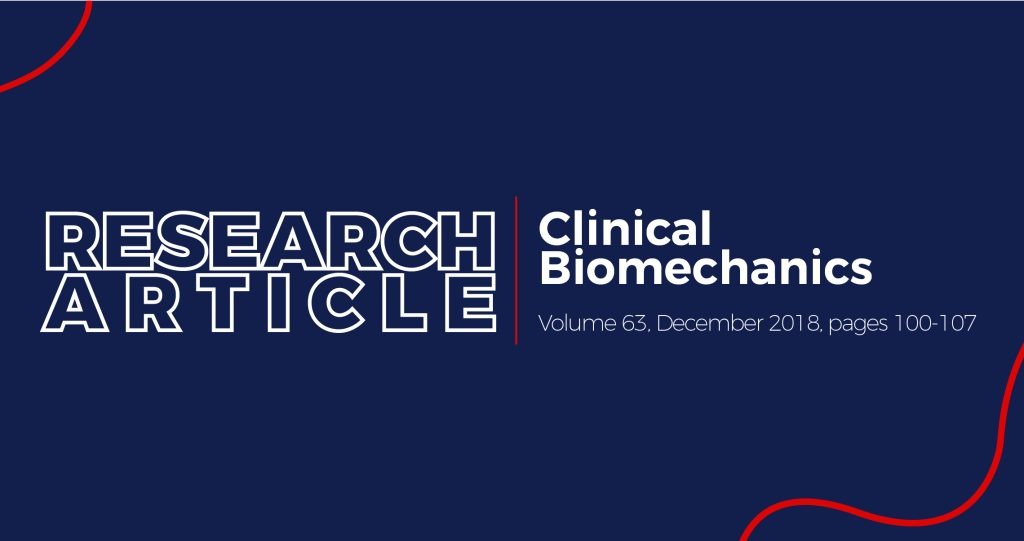
Roger Erivan, Sylvain Aubret, Guillaume Villatte, Régis Cueff, Aurélien Mulliez, Stéphane Descamps, Stéphane Boisgard
Published:October 12, 2018
Highlights
- First study about 11 kGy applied to tendons
- Large possible clinical application
- Lot of specimen tested
Abstract
The objective of this study was to determine the biomechanical properties of the fascia lata and the effects of three preservation methods: freezing, cryopreservation with dimethylsulfoxide solution and lyophilization; and to compare the effects of low-dose (11 kGy) and normal-dose (25 kGy) gamma-ray sterilization versus no irradiation.
248 samples from 14 fasciae latae were collected. Freezing samples were frozen at −80 °C. Cryopreservation with dimethylsulfoxide solution samples were frozen with 10 cl dimethylsulfoxide solution at −80 °C. Lyophilization samples were frozen at −22 °C and lyophilized. Each preservation group were then randomly divided into 3 irradiation groups.
The cryopreservation with dimethylsulfoxide solution samples had significantly worse results in all 3 irradiation conditions. Young’s modulus was lower for the freezing samples (p < 0.001) and lyophilization samples groups (p < 0.001). Tear deformation was lower for the freezing samples (p = 0.001) and lyophilization samples groups (p = 0.003), as was stress at break (p < 0.001 and p < 0.001). Taking all preservation methods together, samples irradiated at 25 kGy had worse results than the 0 kGy and 11 kGy groups in terms of Young’s modulus (p = 0.007 and p = 0.13) and of stress at break (p = 0.006 and p = 0.06).
The biomechanical properties of fascia lata allografts were significantly worse under dimethylsulfoxide cryopreservation. The deleterious effects of irradiation were dose-dependent.
Keywords



